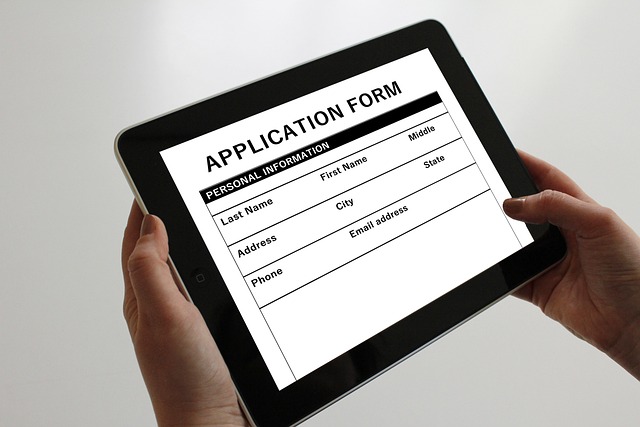Lost Knowledge Found
Arabic translators rescued Aristotle, revolutionized medicine, and birthed algebra—medieval Europe’s intellectual awakening stemmed from Islamic scholarship we’ve erased from history.
Linguistic DNA Uncovered
From «algorithm» to «alcohol,» over 4,000 Arabic words hide in European tongues—proof of a deliberately forgotten cultural partnership that shaped modernity.
Silenced Renaissance Partners
While Da Vinci studied Arabic optics and Newton quoted Ibn al-Haytham, Europe systematically downplayed Islam’s pivotal role in its scientific revolution.
Overline
The Arabic Language and Its Pivotal Role in the European Renaissance: The Untold Intellectual Revolution
The Lost Chapter of Europe’s Rebirth
The Renaissance is often portrayed as Europe’s triumphant rediscovery of Greco-Roman thought. Yet this narrative conveniently omits the towering bridge that made it possible: the Arabic language. For over 500 years, while Europe languished in the Dark Ages, the Islamic world became the custodian of human knowledge, translating, refining, and advancing the works of antiquity.
From the algorithm powering your smartphone to the scientific method underpinning modern research, Arabic’s contributions are inextricably woven into the fabric of Western civilization. This article dismantles the Eurocentric myth to reveal:
How 90% of Greek texts survived solely through Arabic translations
The forgotten Arab scholars who shaped Newton, Da Vinci, and Copernicus
Why cities like Toledo and Palermo became Europe’s intellectual lifelines
Linguistic proof: Over 4,000 Arabic loanwords in European languages
By the end, you’ll understand why historian George Sarton declared: “The Renaissance was not the work of Europe alone—it was a collaborative enterprise with the Islamic world.
I. The Islamic Golden Age: Europe’s Knowledge Reservoir
1.1 The Collapse of Rome and the Rise of Baghdad
As Europe fragmented after Rome’s fall (5th century), the Abbasid Caliphate (750–1258) established Baghdad’s House of Wisdom (Bayt al-Hikma)—a library so vast it made Europe’s monasteries seem like village bookstalls. Here, a multicultural army of scholars—Muslims, Christians, Jews, and Zoroastrians—worked in unison to:
Translate all surviving Greek works into Arabic (Aristotle, Plato, Hippocrates)
Synthesize Indian mathematics (e.g., the number zero) and Persian astronomy
Develop peer review and empirical observation—cornerstones of modern science
Key Fact: By 850 AD, Arabic was the first language of science, just as English is today.
1.2 The Translation Movement: Saving Aristotle from Oblivion
Europe’s monasteries preserved less than 1% of Greek texts. The rest survived only because:
Hunayn ibn Ishaq (9th century) translated 129 Galenic medical texts into Arabic
Thabit ibn Qurra rescued Euclid’s Elements from near-extinction
Al-Kindi systematized Greek philosophy, influencing later Scholasticism
Powerful Insight: Without Arabic, Europe would have lost Aristotle forever—and with him, the foundations of logic, biology, and politics.
II. Arabic’s Groundbreaking Contributions to Renaissance Disciplines
2.1 Mathematics: From Algebra to Algorithms
Al-Khwarizmi’s Kitab al-Jabr (830 AD) didn’t just invent algebra—it gave Europe the tools to:
Calculate compound interest (revolutionizing banking)
Map planetary motion (via trigonometric tables)
Standardize weights and measures (critical for trade)
Uncommon Detail: Fibonacci’s Liber Abaci (1202)—the textbook that introduced Arabic numerals to Europe—plagiarized algorithms directly from Al-Khwarizmi.
2.2 Medicine: The 600-Year Reign of Avicenna
While Europe still practiced bloodletting, Arabic medicine pioneered:
Clinical trials (Al-Razi’s controlled hospital experiments)
Quarantine (Ibn Sina’s Canon recommended isolation for contagion)
Surgical instruments (Al-Zahrawi’s Kitab al-Tasrif featured 200+ tools)
Shocking Stat: The Canon of Medicine remained mandatory reading at Montpellier Medical School until 1650.
2.3 Astronomy & Physics: The Heliocentric Hint
Long before Copernicus:
Al-Battani calculated Earth’s axial tilt with 99.8% accuracy
Ibn al-Haytham disproved Euclid’s vision theory, founding optics
Nasir al-Din al-Tusi developed the Tusi Couple, a model later used by Copernicus
Transitional Hook: These advances didn’t merely “inspire” Europe—they made the Scientific Revolution inevitable.
How Toledo’s Translators Rewired Western Thought
In 12th-century Spain, multilingual teams moved 400+ Arabic texts yearly into Latin—saving Aristotle, birthing universities, and enabling the Scientific Revolution.
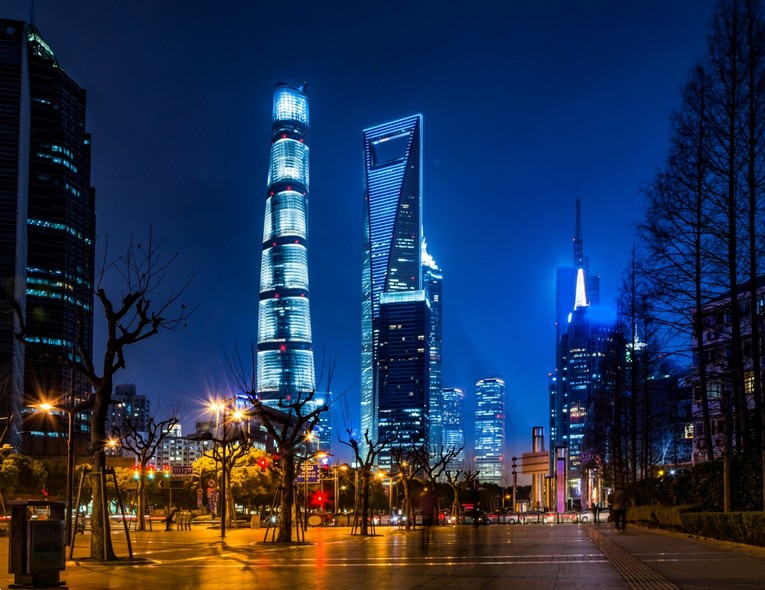
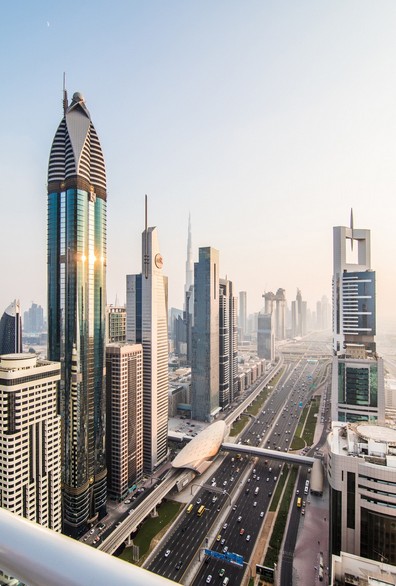
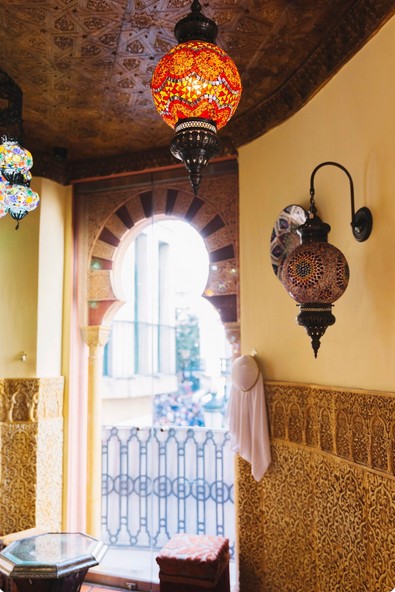

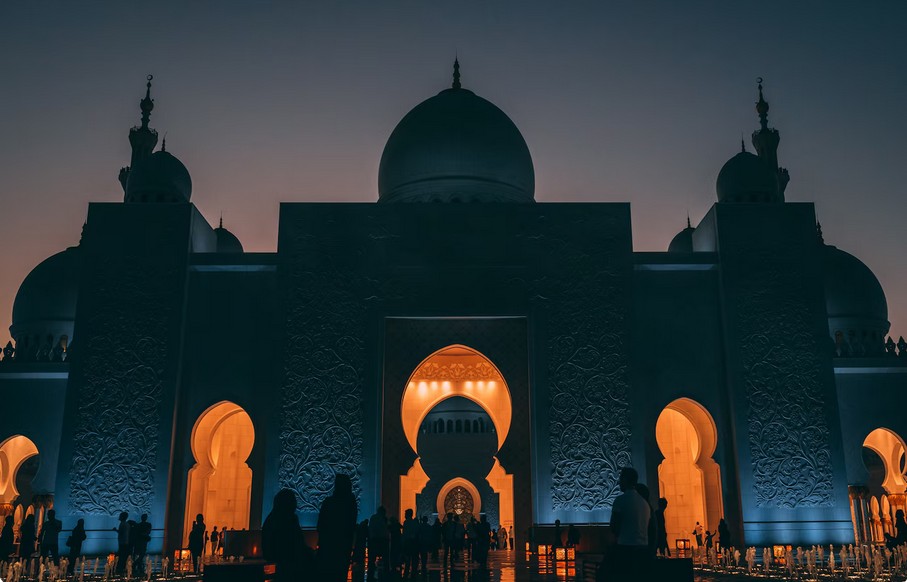

III. The Transmission: How Arabic Knowledge Flooded Europe
3.1 Toledo: The Medieval Knowledge Metropolis
When Alfonso VI captured Toledo in 1085, he didn’t just conquer a city – he seized the world’s most advanced intellectual infrastructure. The Toledo School of Translators became Europe’s first true think tank, operating with a multicultural efficiency that would shame modern universities:
The Translation Assembly Line
Multilingual Teams: Jewish scholars translated Arabic → Castilian, Christian monks rendered Castilian → Latin
Volume: Averaged 1 major text translated every 9 days for 150 years
Key Works:
The Book of Healing (Ibn Sina) → Europe’s medical bible
The Compendious Book on Calculation (Al-Khwarizmi) → introduced algebra
Scientific Transfers
Medical Innovations:
Anesthesia (narkis from Arabic an-narkis)
Quarantine protocols (adapted from Ibn Sina’s Canon)
Chemical Revolution:
Distillation techniques (al-ambiq → alembic)
Laboratory methods (from Jabir ibn Hayyan’s works)
Philosophical Impact
Aristotle’s Organon (lost in Greek, preserved in Arabic) reshaped Scholasticism
Arabic commentaries became required texts at Paris/Bologna
3.2 Sicily: Europe’s First Hybrid Civilization
Under Roger II (1130-1154), Palermo became a living laboratory of cultural synthesis:
Administrative Brilliance
Trilingual Chancery: Documents issued in Arabic, Greek, and Latin
Tax Systems: Adapted Fatimid models (precursor to modern bureaucracy)
Naval Technology: Arab shipbuilders created Europe’s first standing navy
Architectural Alchemy
Muqarnas Ceilings: Norman palaces fused Gothic vaults with Islamic geometry
Water Management:
Qanat irrigation systems doubled agricultural output
Public baths became social hubs
Agricultural Revolution
New Crops:
Arabic Name: al-qutn
European Adoption: Cotton industry
Arabic Name: al-laymun
European Adoption: Sicilian lemons
Arabic Name: as-sukkar
European Adoption: Sugar plantations
Hydraulic Innovations:
Norias (water wheels) increased yields 300%
Terrace farming prevented erosion
3.3 The Forgotten Pathways
Monastic Networks
Cluny Abbey monks smuggled Arabic manuscripts north
Monte Cassino became a covert translation center
Commercial Channels
Venetian merchants traded books like spices
Pisa’s capture of Mahdia (1087) yielded 1,000+ manuscripts
Royal Patronage
Frederick II’s court employed Arab mathematicians
Charles of Anjou maintained Arabic scribes in Naples
3.4 The Ripple Effects
By 1250, this knowledge transfer had:
Enabled Gothic cathedral engineering (via Arabic math)
Created modern universities (modeled on madrasas)
Launched the Commercial Revolution (using Arabic accounting)
This infrastructure of ideas didn’t just transmit knowledge – it fundamentally rewired European cognition, as seen in the linguistic DNA we’ll examine next…
Stolen Mathematical Revolution
Algebra’s Secret Arabic Origins Exposed
Al-Khwarizmi’s 9th-century «Kitab al-Jabr» introduced equations Europe later claimed as its own—while Fibonacci quietly copied Arabic numerals verbatim.
IV. The Linguistic Legacy: How Arabic Became Europe’s Silent Intellectual Partner
4.1 The Iberian Imprint: Arabic as the Medieval Language of Civilization
For 781 years (711-1492), Arabic served as the dominant language of science, governance, and high culture across the Iberian Peninsula. This wasn’t mere lexical borrowing – it represented a complete linguistic paradigm shift that permanently altered Romance languages:
Vocabulary: The Surface Layer
4,315 Arabic loanwords in modern Spanish (per philologist Federico Corriente)
1,200 terms in Portuguese, particularly in navigation:
Azenha (watermill, from al-saniya)
Almirante (admiral, from amir al-bahr)
Toponymic Revolution: Over 20% of Spanish place names show Arabic roots
Madrid (Mayrit, «water channel»)
Albacete (al-Basit, «the plain»)
Grammatical Transformations
Article-Noun Fusion: Many Arabic borrowings came with their definite articles:
Algodón (cotton, from al-qutn)
Albahaca (basil, from al-habaqa)
Verb Conjugations: Spanish jalar (to pull, from jala) retains Arabic root structures
Semantic Shifts
Original Arabic meanings often evolved:
Alcohol (al-kuhl): From «kohl eyeliner» to chemical compounds
Algoritmo (al-Khwarizmi): From a scholar’s name to computational processes
4.2 English’s Arabic Substrate: The Hidden Lexical Currents
While English borrowed indirectly, the impact is systemic:
Scientific Register
Medical Terms:
Sofa (suffa)
Syrup (sharab)
Mathematical Framework:
Zero (sifr)
Cipher (same root)
Everyday Surprises
Coffee (qahwa)
Sugar (sukkar)
Magazine (makhazin)
Nautical Innovations
Monsoon (mawsim)
Tackle (attaka, to equip)
4.3 Structural Influences: Beyond Loanwords
Phonetic Adaptations
Spanish «j» sound (like in jamon) mirrors Arabic خ (kh)
Preservation of Arabic pharyngeals in Andalusian dialects
Syntactic Parallels
Spanish indirect object doubling (Le di el libro a Juan) mirrors Arabic dative constructions
Pragmatic Borrowings
Ojalá retains Arabic’s optative mood function
Hasta (until, from hatta) maintains its prepositional usage
4.4 The Forgotten French Connection
Often overlooked, French contains 500+ Arabic borrowings:
Jupe (skirt, from jubba)
Douane (customs, from diwan)
Girafe (zaraffa)
4.5 The Cognitive Legacy
These borrowings represent more than words – they’re fossilized thought patterns:
Algebra preserved Arabic’s systematic problem-solving approach
Algorithm encodes al-Khwarizmi’s logical processes
Alchemy maintains its Arabic root’s transformative philosophy
Linguistic Impact Assessment:
Lexical (8% of Spanish vocabulary)
Grammatical (article-noun fusion)
Conceptual (scientific frameworks)
4.6 Modern Repercussions
Machine Translation Challenges: Arabic-origin words often misanalyzed
Etymological Amnesia: Most speakers unaware of Arabic roots
Cultural Memory: Linguistic archaeology reveals lost connections
This linguistic DNA proves Arabic wasn’t just a donor language, but the operating system of medieval European thought – a foundation we still use daily without recognition. When Spaniards say «¡Olé!» (from wa-Allah) at bullfights or scientists discuss algorithms, they’re speaking fragments of Europe’s Islamic heritage.
4.7 English’s Unexpected Arabic Lineage
While English borrowed indirectly, the linguistic footprint is profound:
Via Crusades & Mediterranean Trade:
Admiral (amir al-bahr, «commander of the sea»)
Cotton (qutn), mattress (matrah, «place where things are thrown»)
Magazine (makhazin, «storehouses») – originally for military supplies
Through Italian & Latin Filters:
Tariff (ta’rifa), arsenal (dar al-sina’a)
Zero (sifr) – enabling modern mathematics
Sofa (suffa – raised platform for seating)
Chess Terms Revealing Cultural Exchange:
Checkmate (shah mat – «the king is dead»)
Rook (rukhkh, from Persian through Arabic)
Algebraic notation still used in chess worldwide
4.8 The Hidden Syntax: Grammatical Influences
Beyond vocabulary, Arabic subtly shaped European languages:
Spanish’s «ojalá» + subjunctive mirrors Arabic optative constructions
The English «al-» prefix marking scientific terms (algorithm, albatross)
Portuguese’s article+noun structure in place names (Alfama = al-hamma)
Linguist’s Note: These aren’t mere «loanwords» but fossilized evidence of Europe’s intellectual debt. When a Spanish farmer says «aceituna» (olive, from al-zaytun) or a scientist discusses «alkali» (al-qaliy), they’re unwittingly speaking fragments of medieval Arabic – the Latin of its age.
This linguistic DNA proves what histories often omit – that Arabic wasn’t just a temporary influence, but became woven into Europe’s very means of expression, thought, and discovery. The words we use today are living artifacts of that exchange.
Medicine’s Islamic Blueprint
600 Years of Hidden Arab Medical Dominance
Avicenna’s «Canon» outsold the Bible in Europe until 1650, yet few know its Arabic roots shaped modern anatomy, surgery, and pharmacology.
Rewriting History’s Forgotten Pact
The European Renaissance was not a sudden explosion of genius—it was a reclamation of knowledge that had been nurtured, expanded, and meticulously preserved in Arabic for centuries. To frame it as Europe’s solo triumph is akin to applauding a librarian for “discovering” books they merely pulled from shelves others had filled. From the algorithmic foundations of modern computing to the empirical rigor of the Scientific Revolution, Arabic intellectual traditions were the scaffolding upon which Europe rebuilt its worldview.
Consider the irony: while Petrarch and Erasmus were decrying Arabic scholarship as “foreign” in the 14th century, their own universities were teaching Avicenna’s Canon as core curriculum and using Al-Khwarizmi’s algebra to solve problems of commerce. The very ink of the Renaissance—paper, a technology Europe learned from Abbasid manufacturers—was itself a product of this cross-cultural exchange. Even the printing press, often hailed as a purely European invention, relied on techniques refined in Arabic block-printing traditions.
The consequences of this erasure persist today. When modern historians speak of the “Greek miracle” while omitting the 1,000-year Arabic bridge that carried it forward, they perpetuate a false dichotomy between “Western” and “Islamic” science—one that ignores how Ibn Rushd’s commentaries on Aristotle directly shaped Thomas Aquinas, or how Alhazen’s optics enabled Kepler’s breakthroughs.
Final Reflection: Imagine a world where Arabic contributions had been celebrated rather than suppressed. Might the Enlightenment have embraced multicultural collaboration earlier? Could the East-West divide have softened if Europe had acknowledged its debt to Arabic thought? The Renaissance’s greatest lesson isn’t just about rediscovery—it’s about recognizing that progress is always a collective endeavor, and that knowledge, like light, refuses to be confined by borders or biases.
Expert Arabic Translation Services
Need precise Arabic translation or linguistic consulting? We deliver professional services from/to Arabic with accuracy and cultural insight. Contact us today for tailored solutions!






